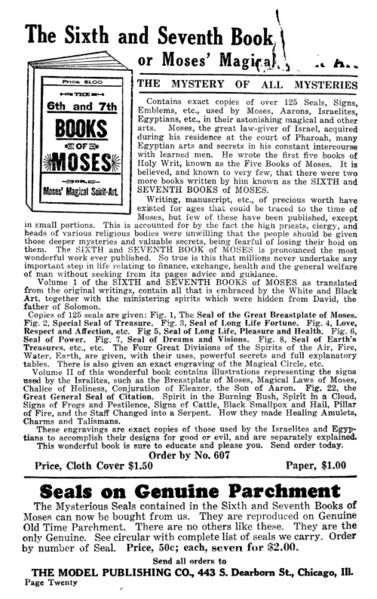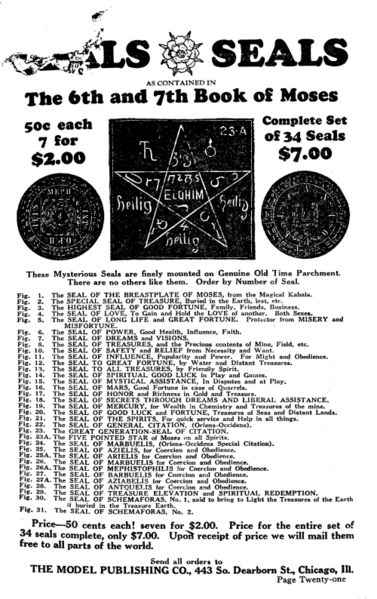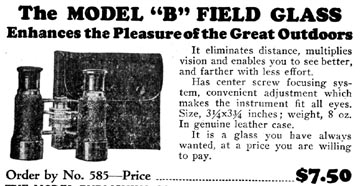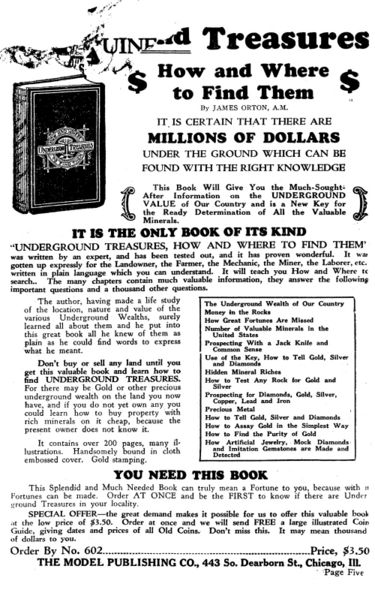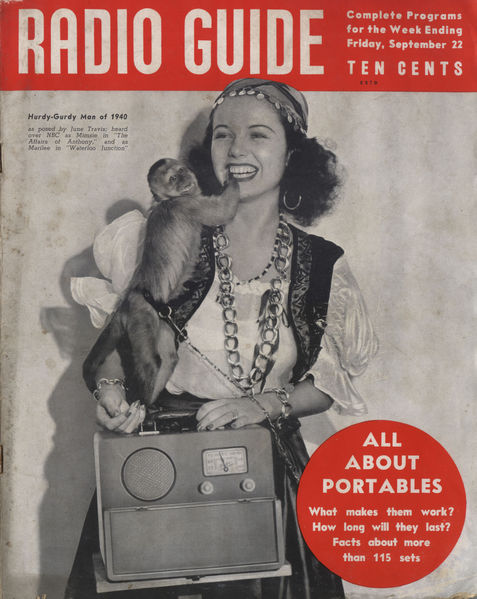Once we’ve gotten past the dip compasses, the next two pages are the most important (at least according to this catalog) books for any prospector to have. And, thanks to the advances in modern technology, both books have been scanned (one by Microsoft, the other by Google), so if you’ve got a dip needle and a need to find some gold, these books can be had for free.
Underground Treasures: How and Where to Find Them, by James Orton, was first published in 1872, towards the tail-end of most of the big US gold rushes, but from that we can only assume Orton had used the time to become an expert in the field. The foreword reads that the book was written for “the landowner, the farmer, the mechanic, the miner, the laborer, even for the most unscientific,” to save them from bad deals or overlooking a wealth of minerals on their own properly. The book is dry and instructional, but full of factual information; I’d warn against using some of its ‘tests’ for precious metals, because they rely on some volatile chemicals and reactions that may not be the healthiest for the amateur to be messing with. The book does diverge from prospecting to describe how to identify genuine cut stones, versus cheap stones or paste, describing the stones eloquently: “A first class ruby has the color of the blood as it spirts from an artery.” Orton was ready to assume that prospectors were well-familiar with that color, which makes me a bit worried about how he gained his education in prospecting.
Prospector’s Field-Book and Guide: In the Search for and the Easy Determination of Ores and Other Useful Minerals, by H. S. Orton and M. W. Von Bernewitz, was first published in sometime in the early 1900s (the 8th edition was in 1910). At twice the size of Underground Treasures, Prospector’s Field-Book uses an extra thirty years of science and a thorough explanation of modern knowledge…although it does diverge into some more old-fashioned superstition (admitting it though) of how gold if often found on the right branch of a river, and several pages devoted to the kinds of plants that are tell-tales for buried metals. James Orton cut some of the basic skills from his book, it seems, but this book includes some more detailed instruction on how to use blowpipe and other technical tools. The size of this book makes it less of a ‘field-book’ than Underground Treasures, but probably more useful.
Model Publishing Company didn’t actually do any publishing here: even the pictures in the catalog betray that fact. The covers that Model shows in their catalog are the editions linked above — the Prospector’s Field-Book says “Baird Books” across the cover. A publisher doesn’t usually distribute somebody else’s books, but a catalog marketer certainly would, especially if it’s to market remaindered or out-of-print books to make a sale. Model pulled out all the stops, in that refreshingly manipulative hard-sell language that’s disappeared from modern marketing: there’s millions to be found under your feet, be the FIRST to find it, this is the only book of its kind (said about both books), order AT ONCE! Tomorrow, we’ll see just how this fits into Model’s marketing plan.
